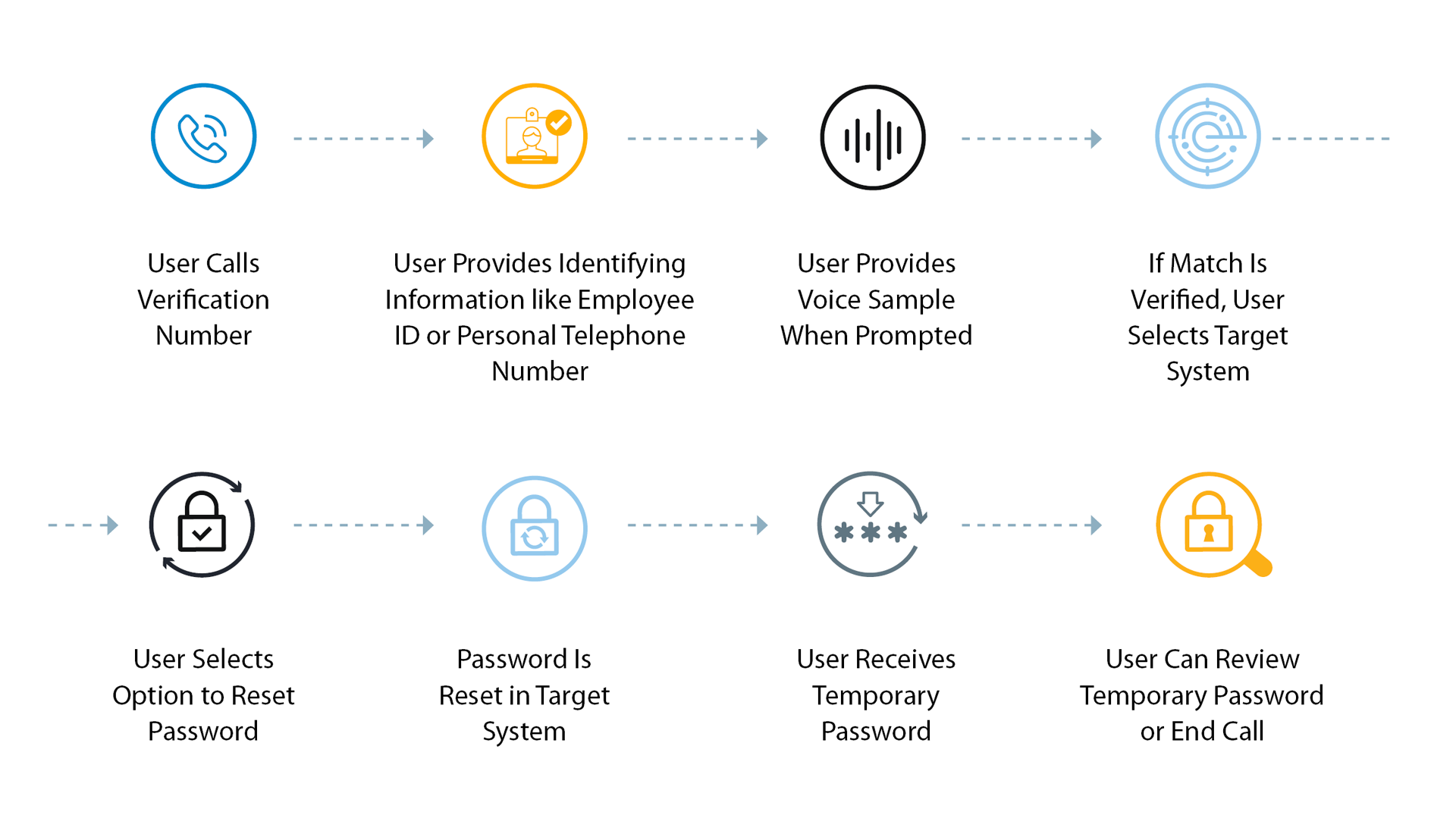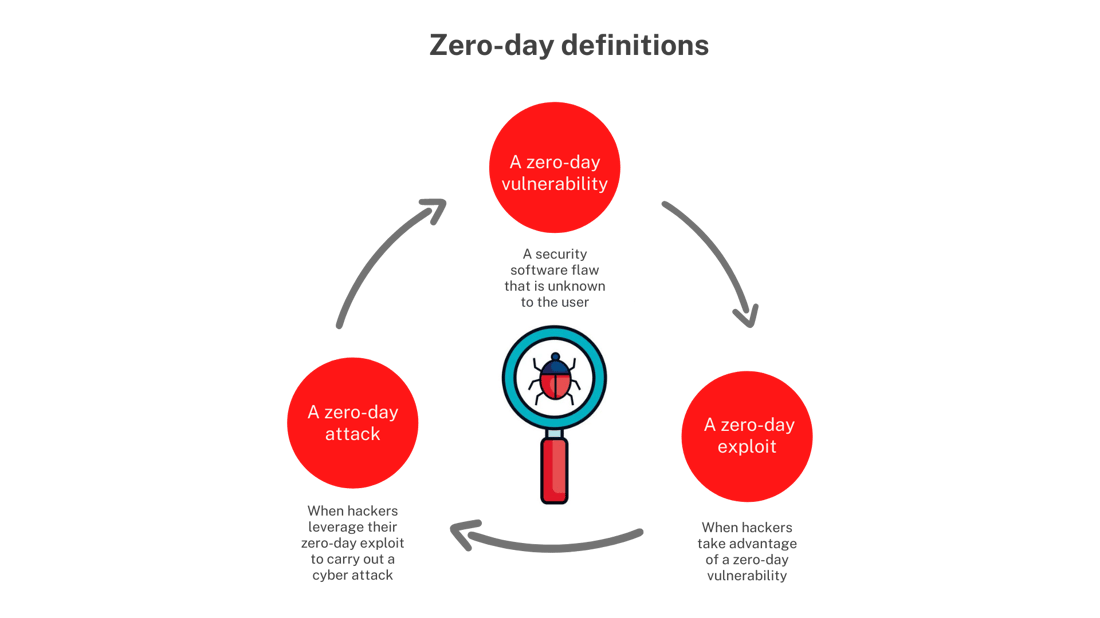
Unlocking Sustainability: Renewable Energy Solutions for Commercial Buildings
Embracing Clean Energy in Commercial Spaces
Renewable energy systems for commercial buildings are paving the way for a sustainable future in the corporate world. These innovative solutions offer businesses the opportunity to embrace clean energy sources, reduce their carbon footprint, and contribute to environmental conservation efforts. By integrating renewable energy systems into commercial buildings, businesses can demonstrate their commitment to sustainability while also enjoying long-term cost savings and operational benefits.
Understanding Renewable Energy Systems
Renewable energy systems for commercial buildings encompass a variety of technologies designed to harness clean and renewable energy sources. Solar photovoltaic (PV) panels, wind turbines, geothermal heat pumps, and biomass systems are among the most common renewable energy technologies used in commercial buildings. These systems generate electricity or heat directly from natural sources such as sunlight, wind, heat from the earth, or organic matter, providing a reliable and environmentally friendly energy supply.
Solar Photovoltaic (PV) Panels: Harvesting the Power of the Sun
Solar PV panels are perhaps the most well-known and widely deployed renewable energy technology for commercial buildings. These panels convert sunlight into electricity using semiconductor materials, allowing businesses to generate clean and renewable energy on-site. By installing solar PV panels on rooftops or vacant land surrounding commercial buildings, businesses can offset their electricity consumption from the grid, reduce energy costs, and earn revenue through incentives such as net metering and feed-in tariffs.
Wind Turbines: Capturing the Power of the Wind
Wind turbines are another popular option for generating renewable energy in commercial settings, particularly in areas with consistent wind patterns. These turbines harness the kinetic energy of the wind and convert it into electricity through a generator. While large-scale wind farms are often associated with utility-scale electricity generation, smaller-scale wind turbines can be installed on or near commercial buildings to supplement on-site energy needs. Wind energy can help businesses reduce their reliance on fossil fuels and mitigate greenhouse gas emissions.
Geothermal Heat Pumps: Tapping into Earth’s Energy
Geothermal heat pumps utilize the steady temperature of the earth’s subsurface to provide heating, cooling, and hot water for commercial buildings. By circulating a heat transfer fluid through underground pipes, these systems extract heat from the ground during the heating season and transfer it indoors, and vice versa during the cooling season. Geothermal heat pumps offer energy-efficient and environmentally friendly heating and cooling solutions for commercial buildings, reducing energy consumption and operating costs while minimizing environmental impact.
Biomass Systems: Utilizing Organic Matter
Biomass systems utilize organic matter such as wood, agricultural residues, or organic waste to generate heat, electricity, or biofuels for commercial buildings. Biomass boilers, combined heat and power (CHP) systems, and bioenergy plants are common examples of biomass technologies used in commercial settings. By utilizing locally sourced biomass resources, businesses can reduce their reliance on fossil fuels, support local economies, and contribute to sustainable waste management practices.
Benefits of Renewable Energy Systems for Commercial Buildings
Renewable energy systems offer numerous benefits for commercial buildings, including cost savings, energy independence, and environmental sustainability. By generating clean and renewable energy on-site, businesses can reduce their dependence on grid-supplied electricity, hedge against volatile energy prices, and improve their bottom line. Additionally, renewable energy systems help businesses demonstrate their commitment to corporate social responsibility and environmental stewardship, enhancing their reputation and attracting environmentally conscious customers and employees.
Overcoming Challenges and Maximizing Opportunities
While renewable energy systems for commercial buildings offer significant benefits, there are also challenges to consider, including upfront costs, technical complexities, and regulatory barriers. However, with advancements in technology, declining costs, and supportive policies and incentives, the business case for renewable energy adoption is stronger than ever. Businesses that invest in renewable energy systems today stand to gain long-term competitive advantages, resilience, and sustainability in an increasingly uncertain energy landscape.
Navigating the Transition to Renewable Energy
As the transition to renewable energy gathers momentum, businesses must carefully evaluate their energy needs, goals, and constraints to determine the most suitable renewable energy solutions for their commercial buildings. By conducting comprehensive energy audits, exploring financing options, and working with experienced renewable energy providers, businesses can navigate the transition to renewable energy smoothly and unlock the full potential of sustainable and cost-effective energy solutions.
Conclusion
Renewable energy systems for commercial buildings represent a transformative opportunity for businesses to reduce their environmental impact, enhance their resilience, and achieve long-term sustainability. By embracing clean and renewable energy sources such as solar, wind, geothermal, and biomass, businesses can position themselves as leaders in sustainability, drive innovation, and create a brighter future for generations to come.































